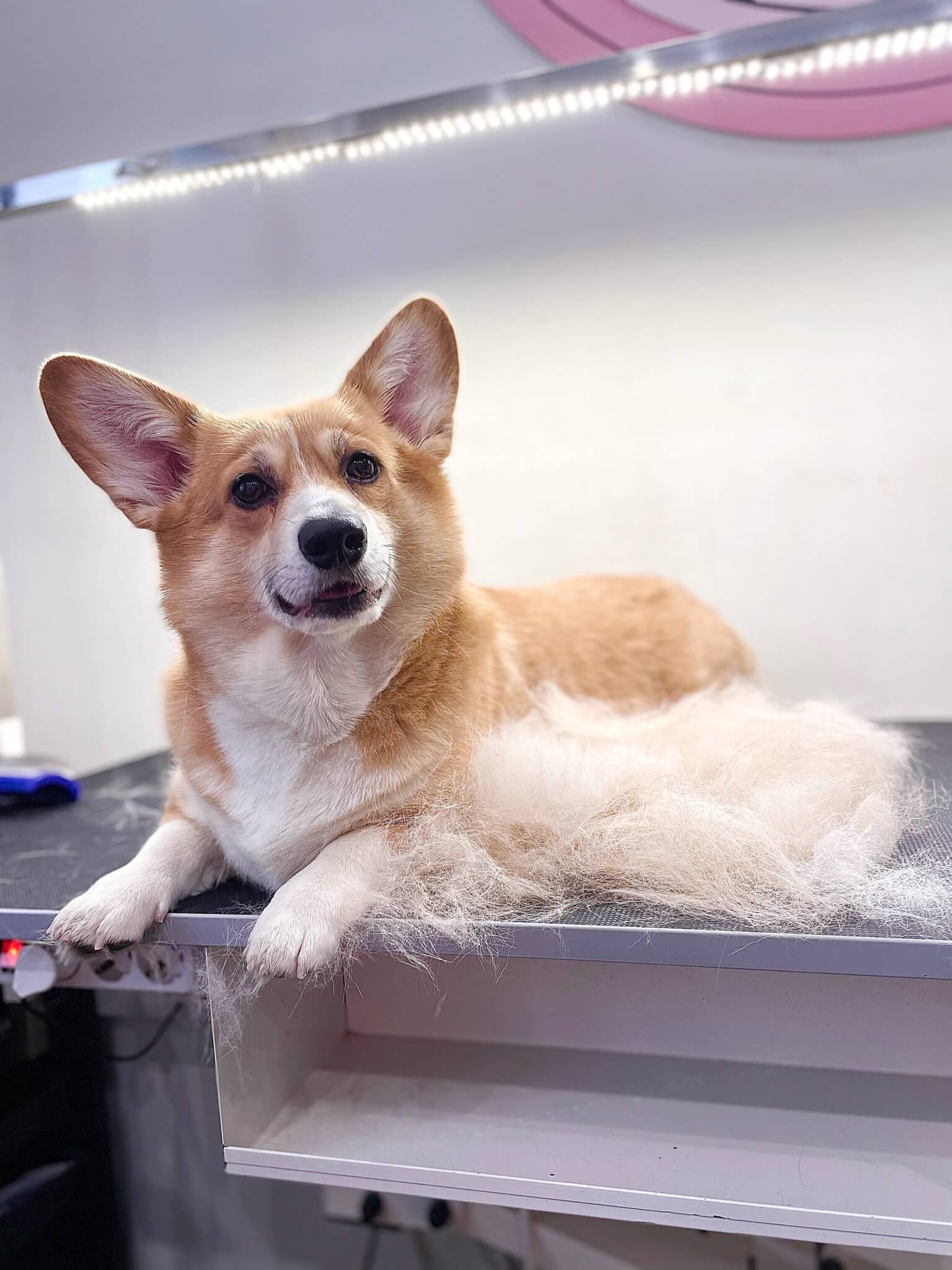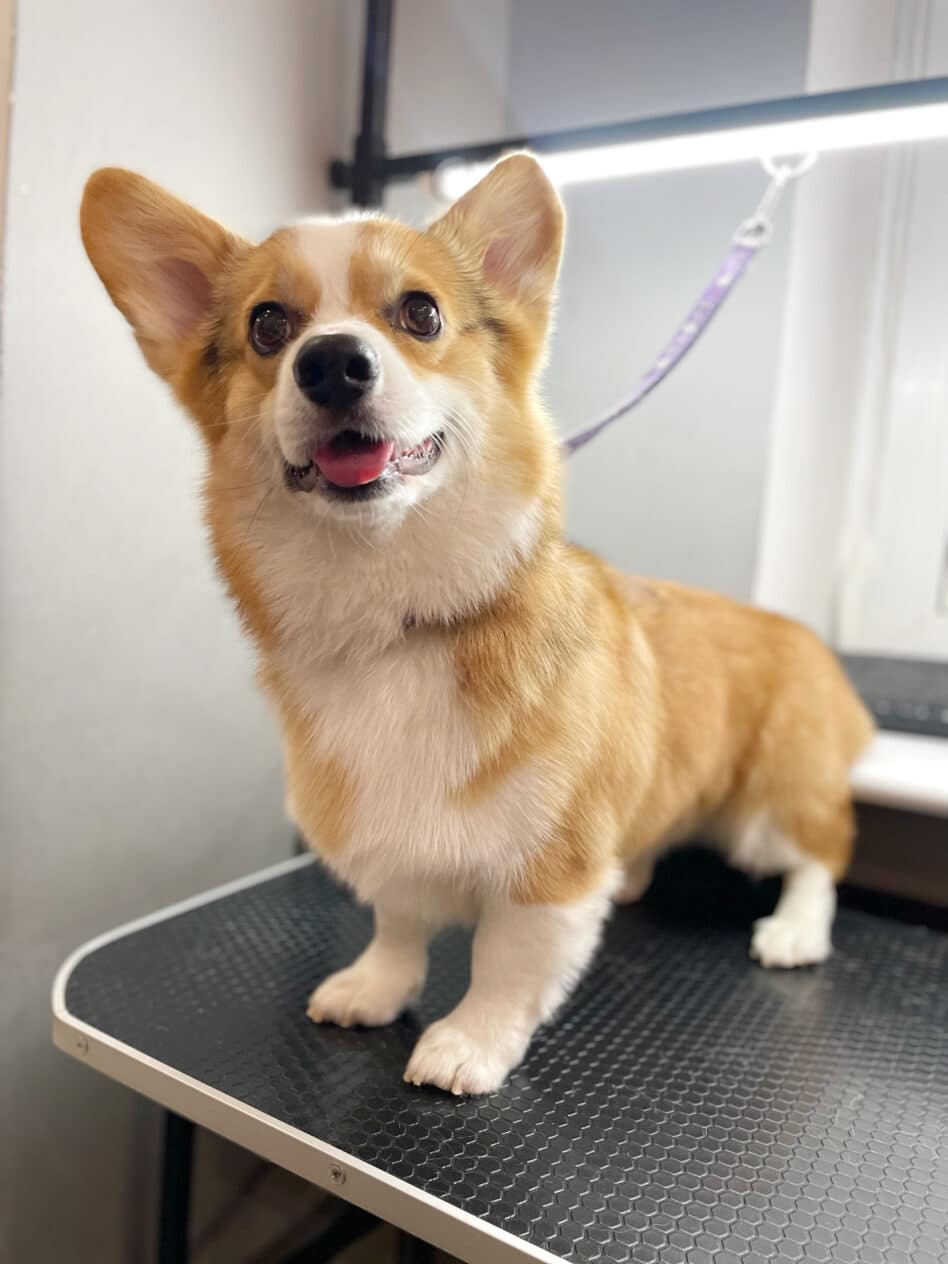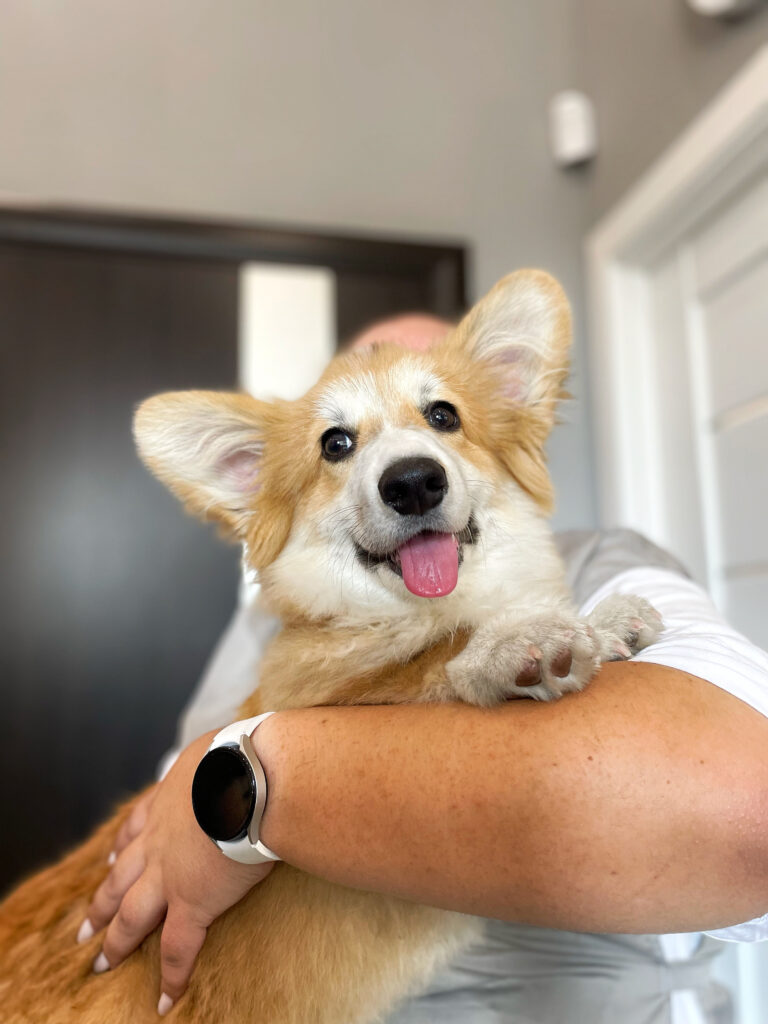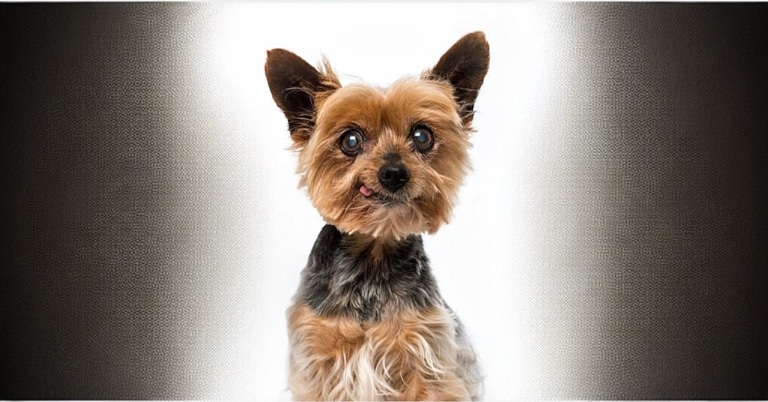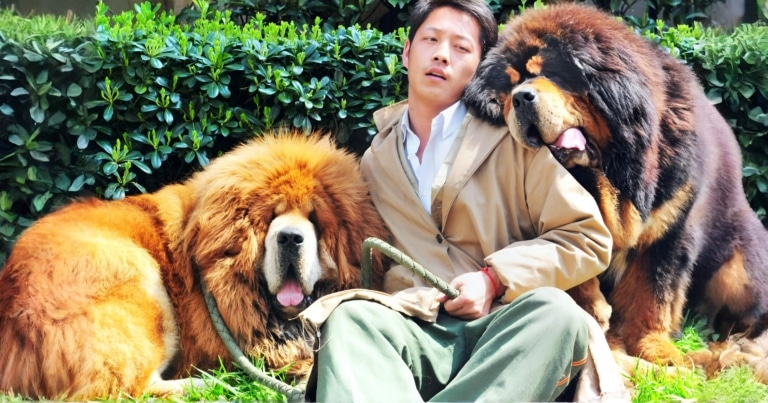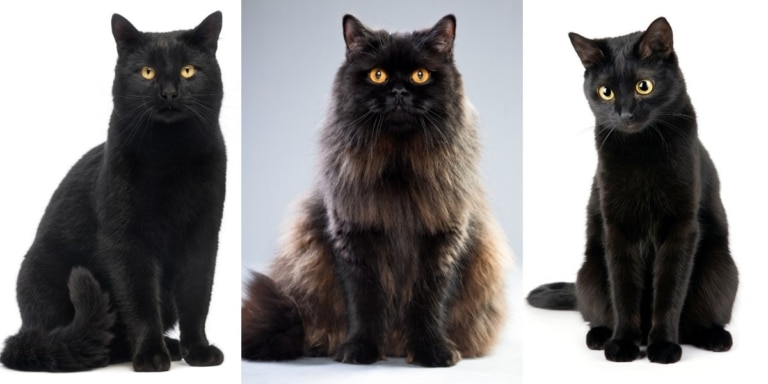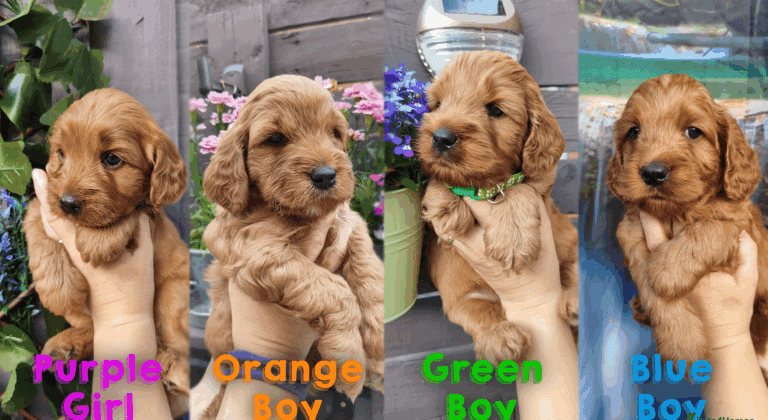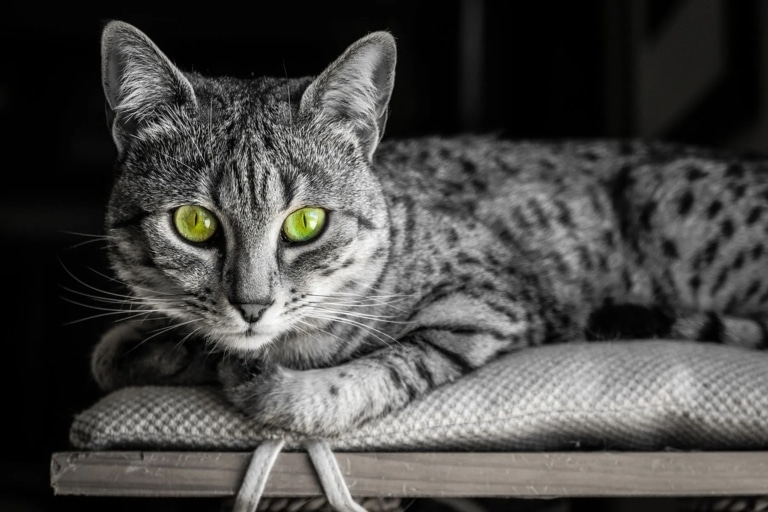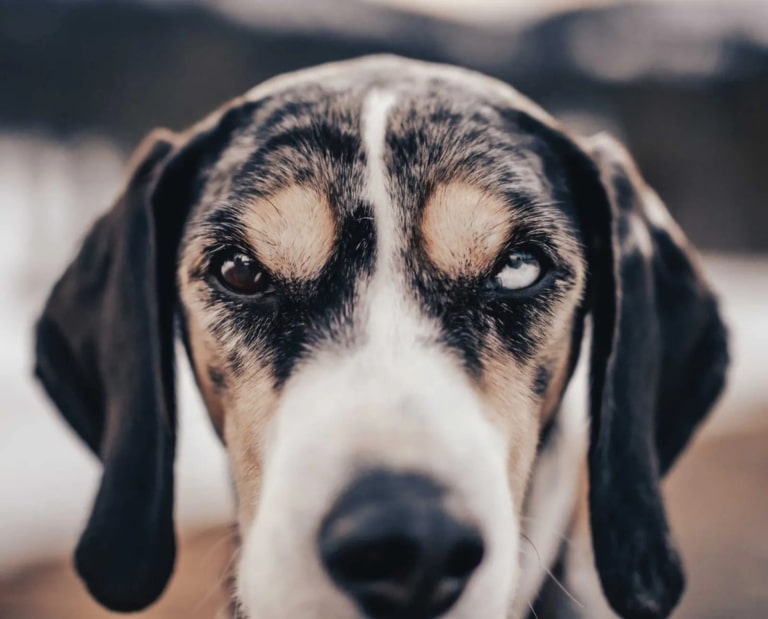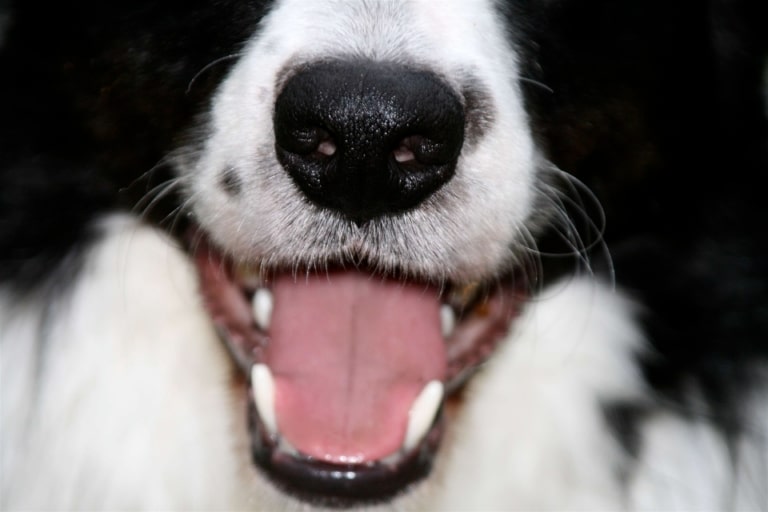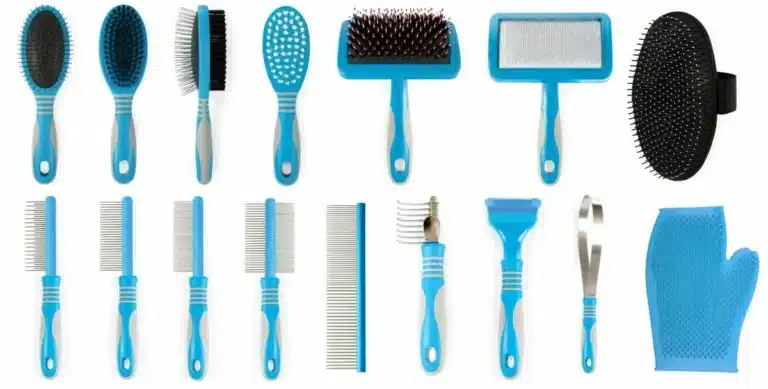Overview of the breed and its popularity
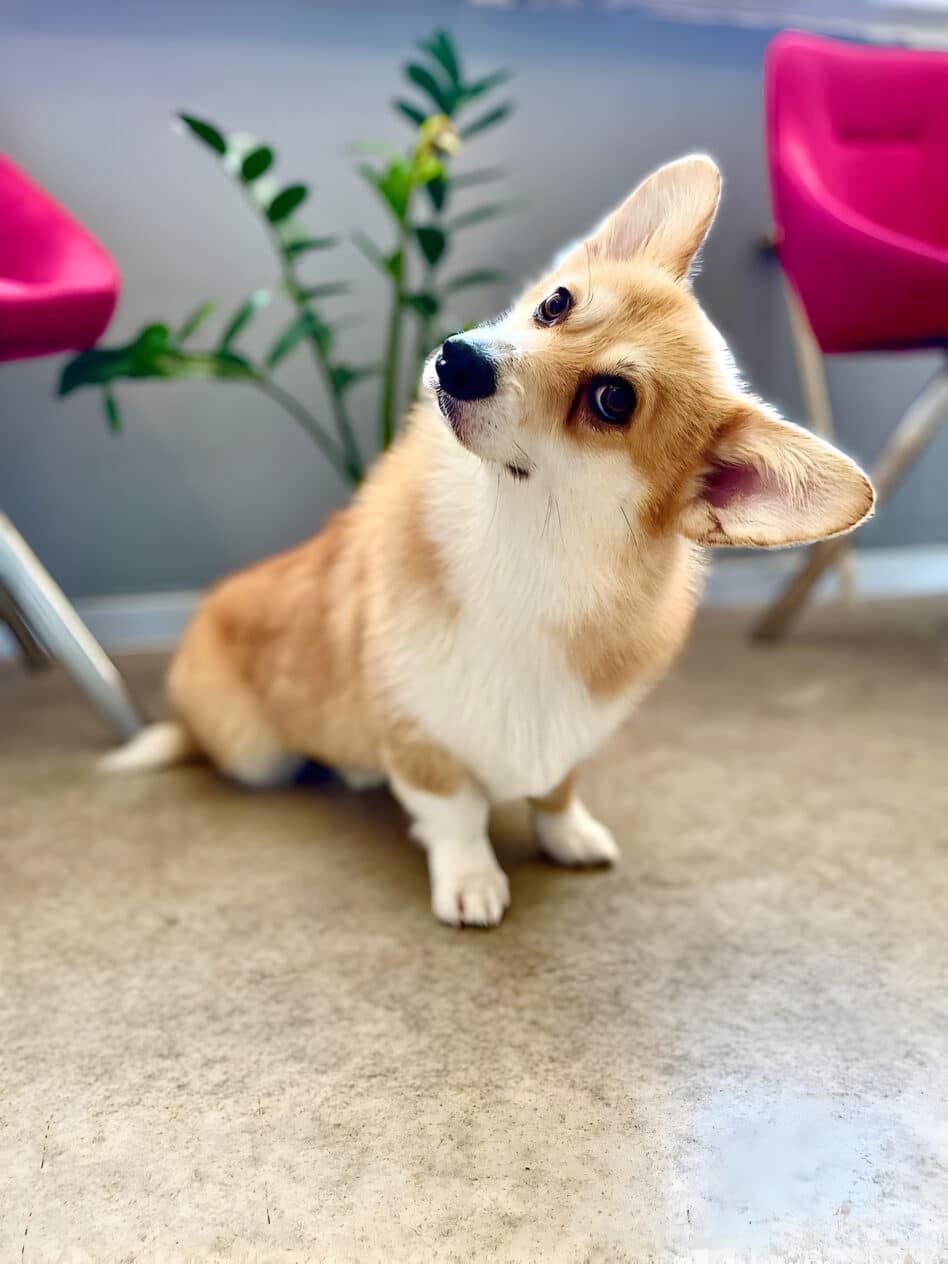
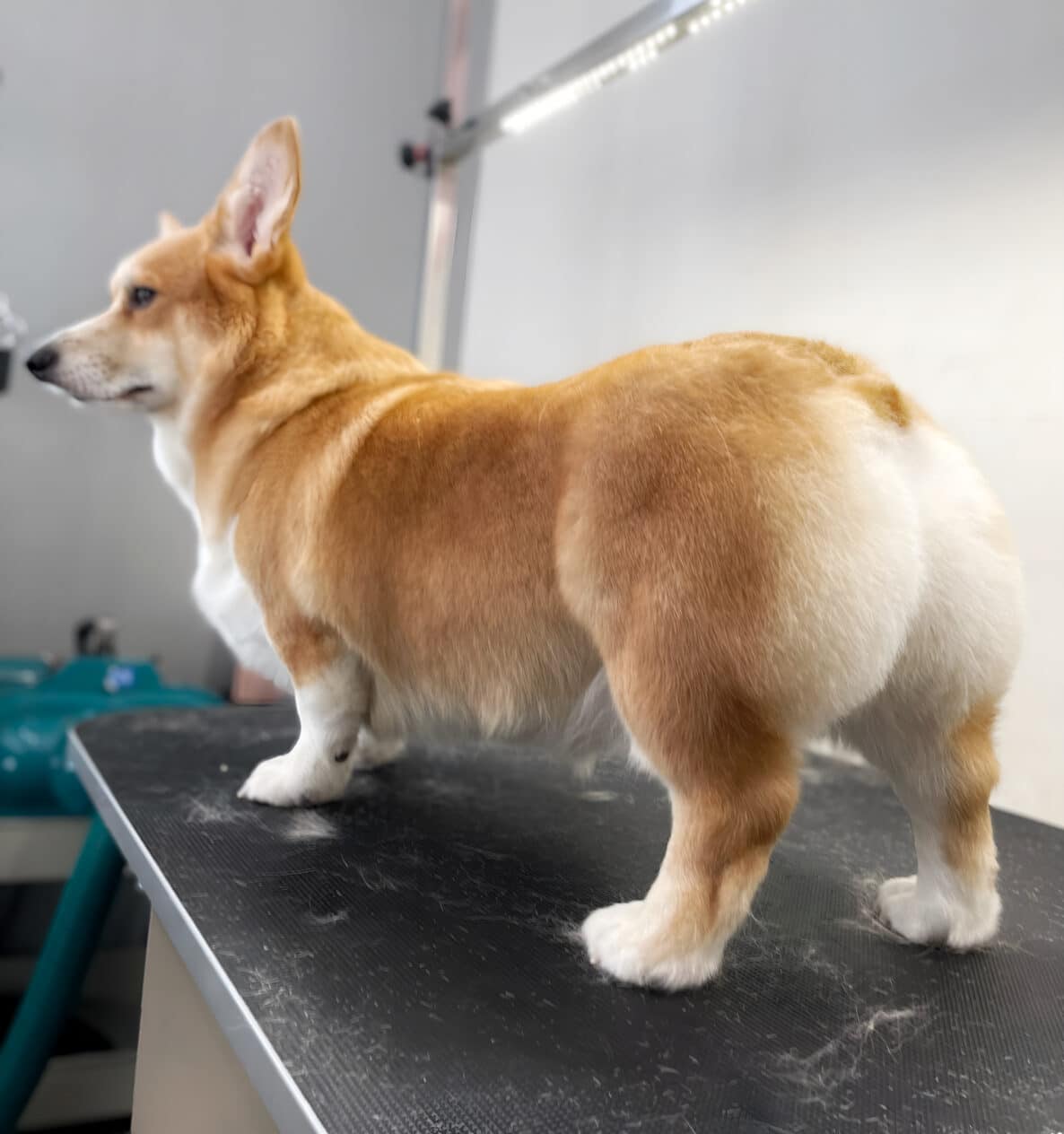
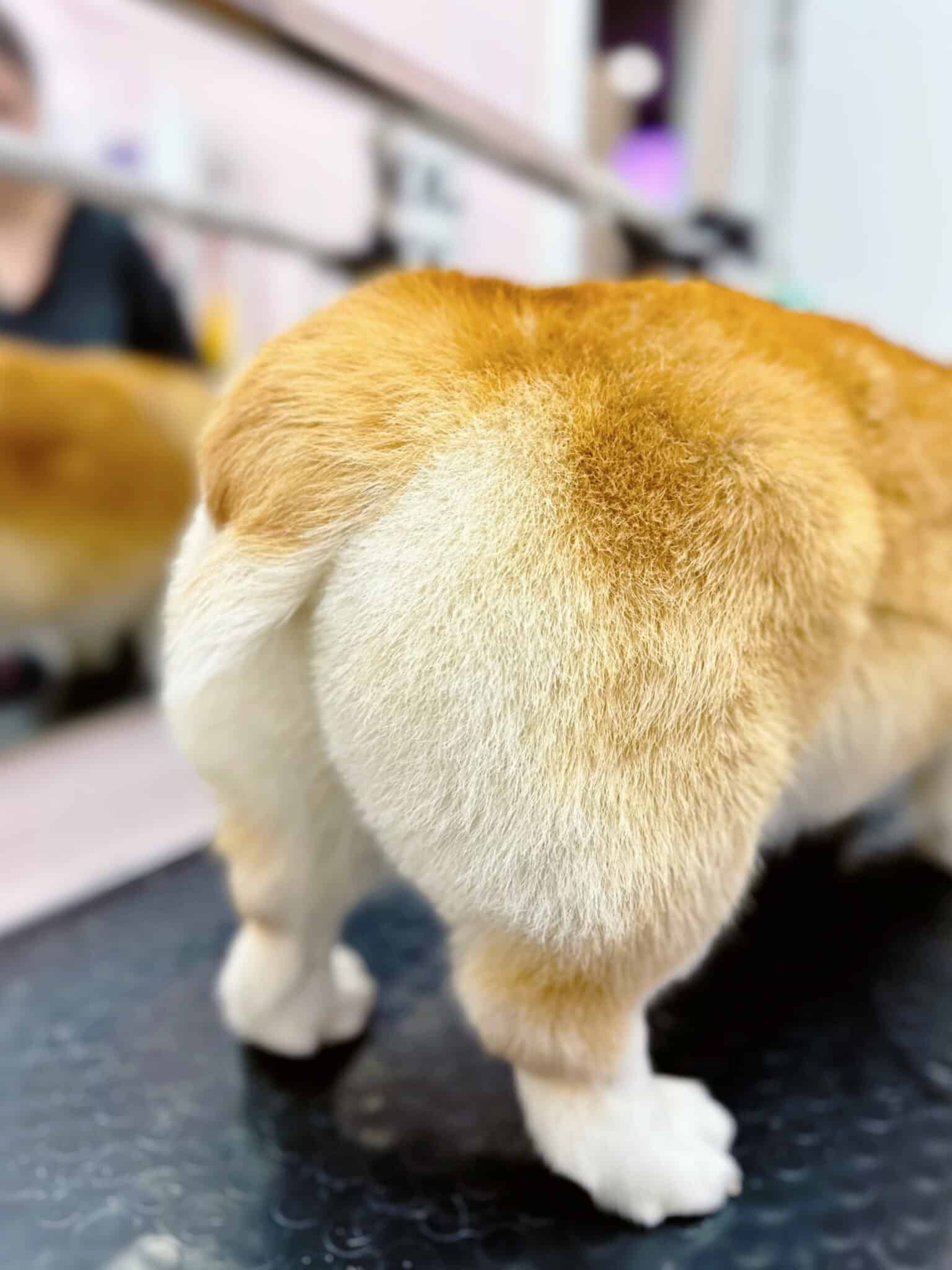
The Welsh Corgi is a dog breed that has won the hearts of people all over the world with its friendliness, activity and unique appearance. There are two main types of corgi: Pembroke and Cardigan, each of which has its own characteristics. Known for their endurance and intelligence, these small but strong dogs have become especially popular thanks to the British royal family, who have kept corgis for decades.
History of origin
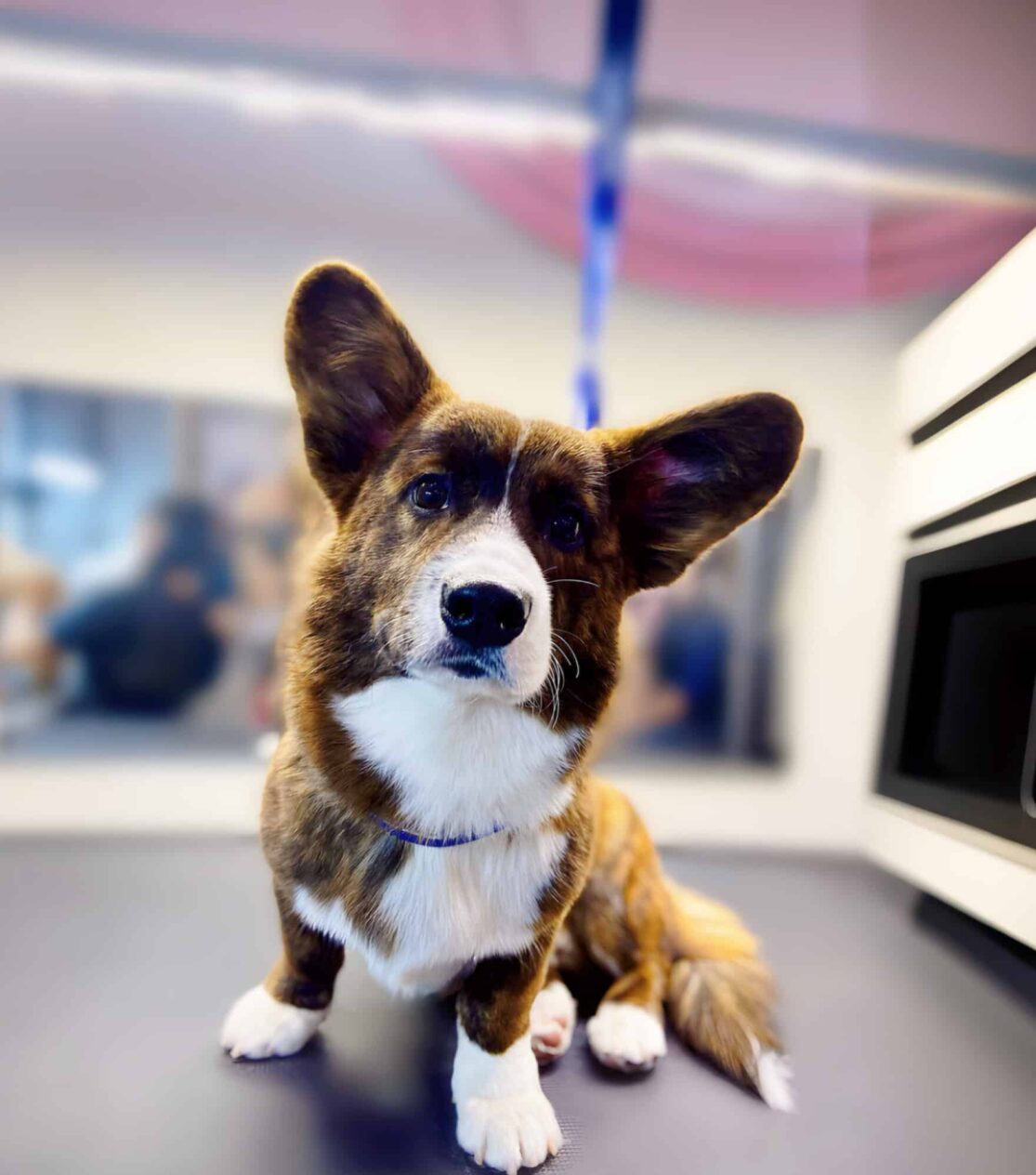
Welsh corgis have a long history dating back to the 10th century in Wales. There are legends that corgis were a gift from the forest elves, and their noticeable spots on the fur are saddles for fairy riders. Scientifically, it is believed that the breed originated from Scandinavian dogs that arrived in Wales with the Vikings. Corgis were used as herding dogs to help herd livestock, thanks to their ability to maneuver quickly and bark loudly.
Corgis have always played an important role in Welsh agriculture, assisting farmers in looking after their livestock. Their small size allowed them to avoid being hit by the hooves of large cattle, and their agility and endurance made them indispensable assistants on the farm. Over time, thanks to their charming character and appearance, corgis have become popular as family pets.
Very corgi species
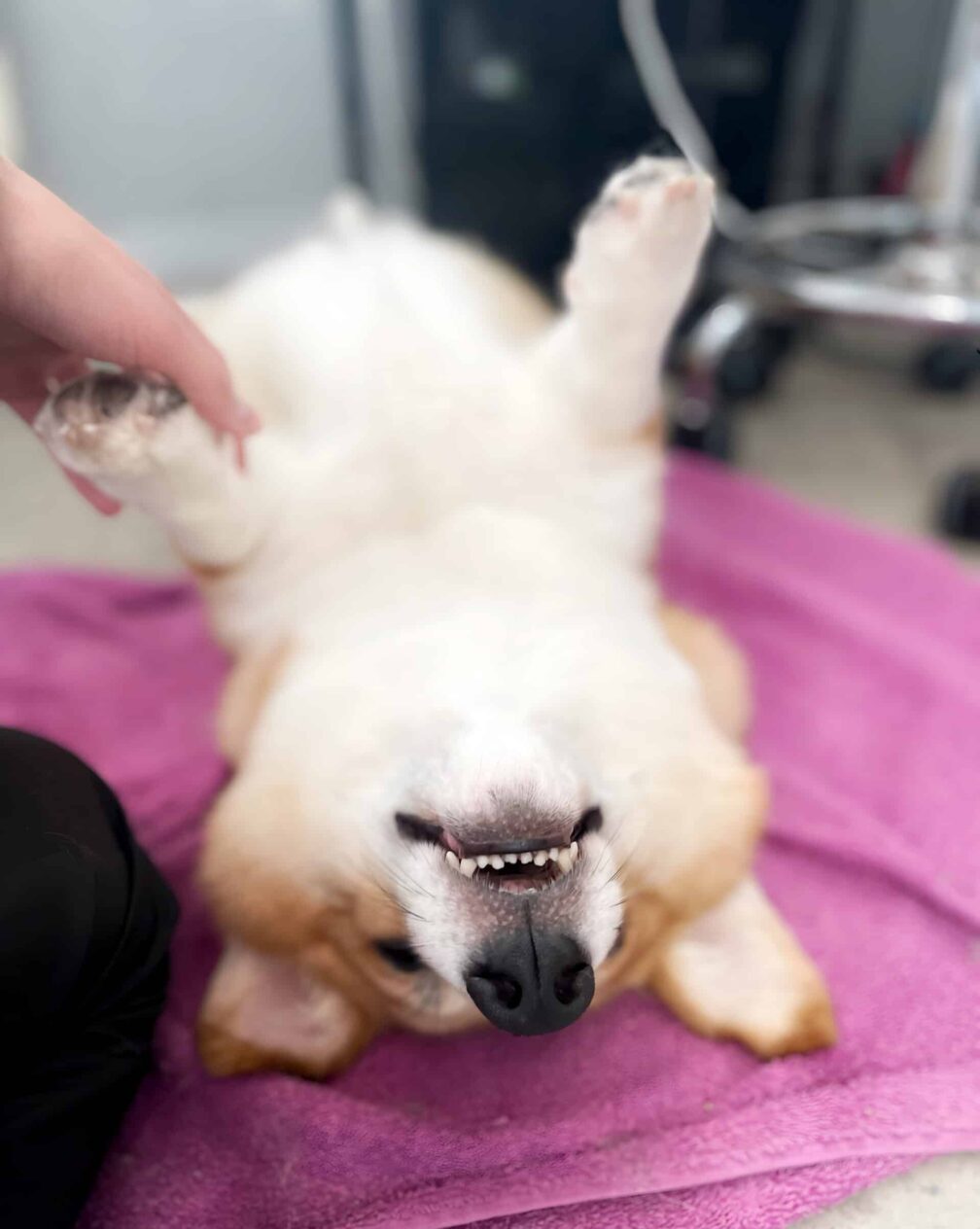
Welsh Corgis are divided into two main types: Pembroke Welsh Corgi and Cardigan Welsh Corgi. Although both species share common traits and histories, there are differences between them that are important for the prospective owner to understand.
Pembroke Welsh Corgi
The Pembroke is the more popular and recognizable type of corgi, thanks in part to Her Majesty Queen Elizabeth II, who kept these dogs throughout her life. Pembrokes have a shorter tail that is sometimes clipped, although this practice is becoming less popular and is banned in some countries. Their coat is usually shorter and thicker, and the color can be red, sable, tricolor or black with red markings. Pembrokes are known for their activity, intelligence and friendly nature.
Cardigan Welsh Corgi
Cardigans are older in history and have some differences in appearance from Pembrokes. They have a longer tail and more varied coat colors, including gray, red, sable, black with red markings, and blue merle (light gray with black markings). Cardigans have slightly longer and coarser coats than Pembrokes. Cardigans are also heavier and have wider bones, which makes them a bit larger in size. Their temperament is calmer compared to Pembrokes, but they are also very intelligent and loyal to their owners.
The main differences between Pembrokes and Cardigans include:
Tail: Pembrokes have a shorter or no tail, while Cardigans have a long tail.
Coat Color: Cardigans have a wider range of colors, including blue merle, which is not found in Pembrokes.
Size and Build: Cardigans are usually larger and have a more massive body build than Pembrokes.
Temperament: Although both breeds are friendly and intelligent, Cardigans can be a bit more calm than Pembrokes.
Understanding these differences will help potential owners choose the type of corgi that best suits their lifestyle and preferences.
Interaction with children and other pets
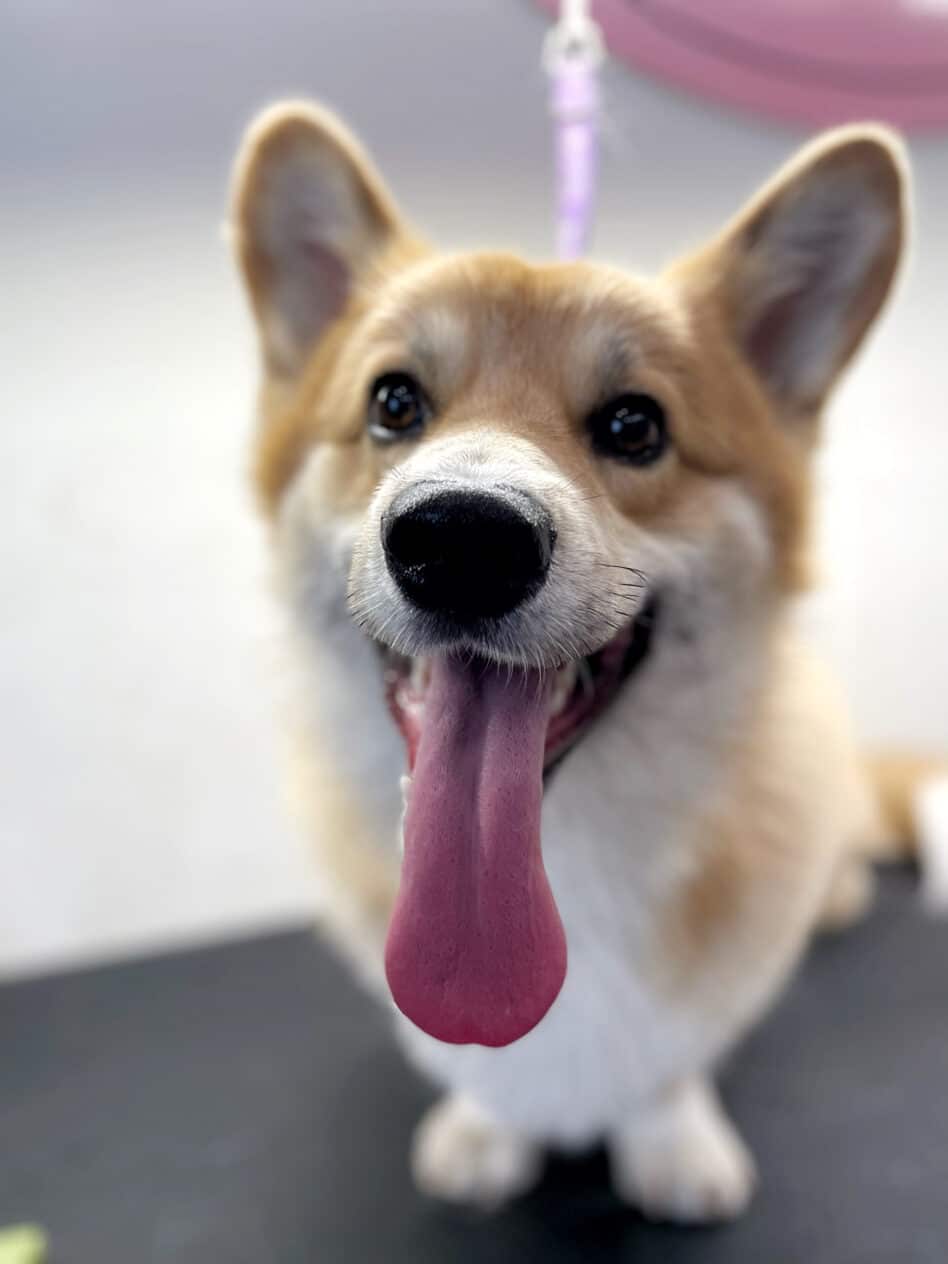
Welsh Corgis are known for their friendly and sociable nature, which makes them great companions for families with children. They love to play and spend time with their family members, including small children. However, it is important to remember that corgis are herding dogs, so they may instinctively try to “herd” children by easily biting their legs. This behavior is not aggressive, but requires proper training and correction by the owners.
Corgis usually get along well with other pets, especially if they have grown up together. However, their herding instincts can lead them to chase smaller animals, so it’s important to watch their interactions.
Some recommendations for families with children
- Early training is important for Corgis to teach them how to interact properly with children and other animals.
- Always supervise interactions between corgis and children, especially small children, to prevent accidental injuries.
- It is important to teach children how to handle dogs safely and respectfully, including rules for playing and cuddling.
Corgi care
Food
The basic feeding requirements for corgis include a balanced diet rich in protein, fat, vitamins and minerals. It is important to avoid overfeeding, as corgis are prone to obesity, which can lead to additional health problems. Choose high-quality food designed for small breed dogs with an active lifestyle. Consult your veterinarian regarding the optimal amount and type of food for your corgi.
Exercise
Welsh Corgis need regular exercise to maintain their health and happiness. Their high energy and intelligence require variety in activities to keep them satisfied. Daily walks, games of fetch, as well as obedience and agility training will help meet the corgi’s activity needs. It is important to provide your Welsh Corgi with enough physical and mental stimulation to avoid boredom and destructive behavior.
Health and susceptibility to diseases of the Veles Corgi
The Welsh Corgi is a breed of dog that, like any other, is prone to various health problems.
Common diseases:
Degenerative myelopathy is a disease of the spinal cord that leads to a gradual loss of motor functions in the hind limbs.
Hip Dysplasia: A common problem in many dog breeds that can lead to arthritis and pain in the hindquarters.
Progressive retinal atrophy (PAA): a genetic disease that can lead to vision loss.
Intervertebral disc disease: Due to their short legs and long bodies, Corgis are prone to spinal problems, including herniated discs.
Obesity: Corgis are very picky eaters, and without proper diet control and sufficient physical activity, they can quickly gain weight. Keep your Corgi at a healthy weight by avoiding overfeeding and providing a balanced diet. Get enough exercise to maintain muscle tone and prevent obesity.
Grooming a velsh corgi
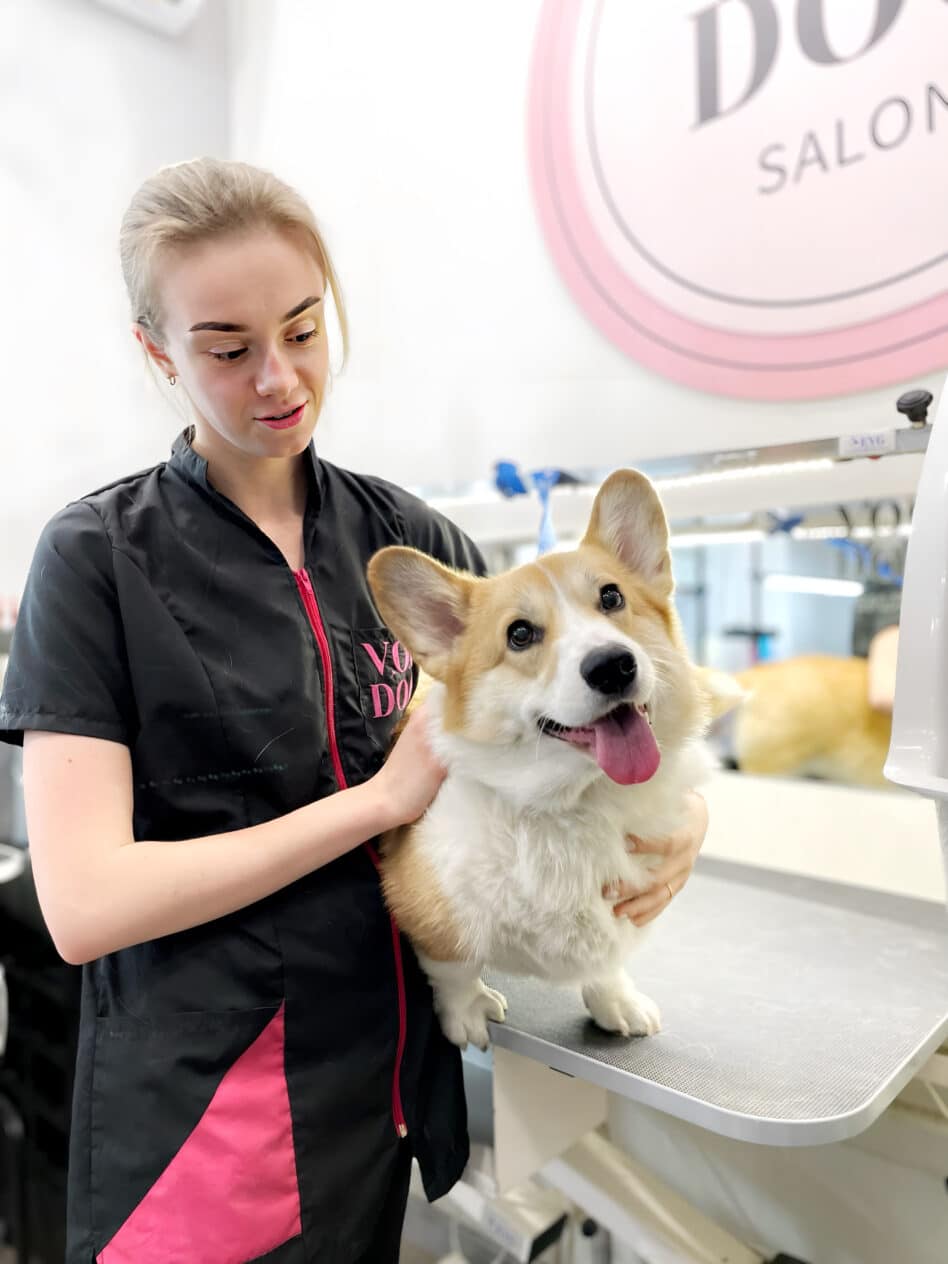
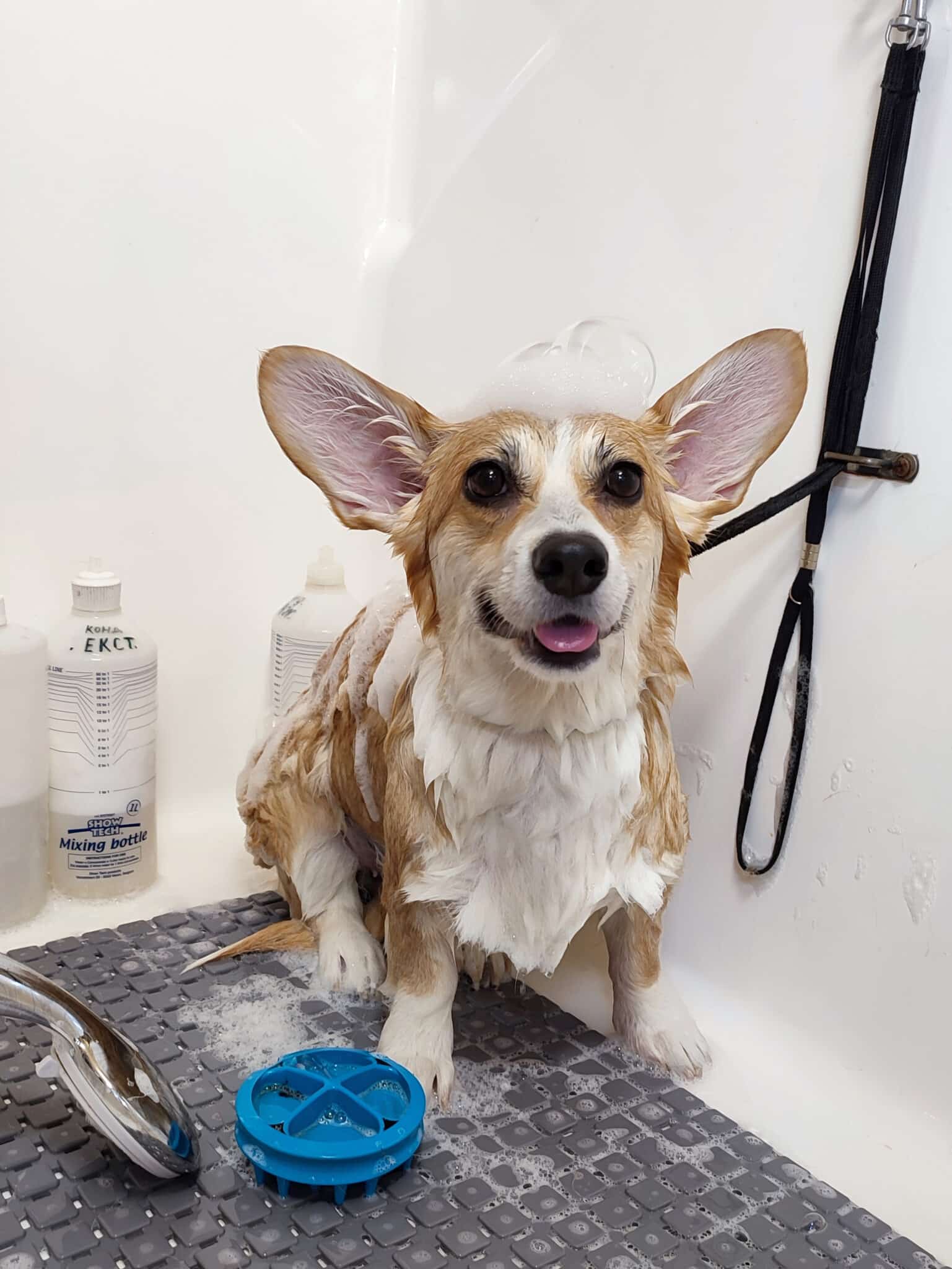
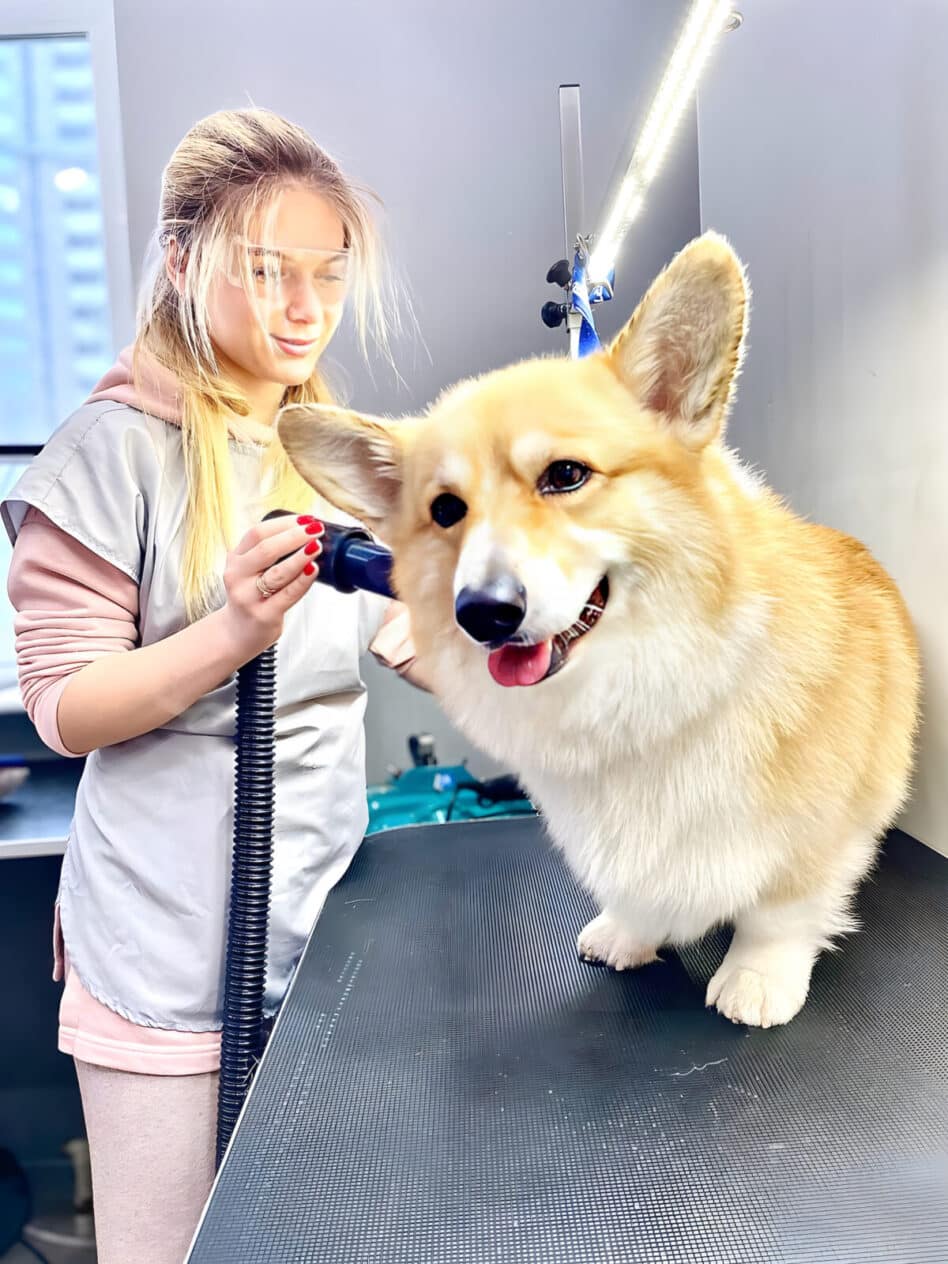
Caring for a Welsh Corgi requires a careful approach to grooming. Here are detailed grooming tips to keep your dog looking and feeling great.
Welsh corgis have a double coat consisting of a thick undercoat and a longer guard coat. This makes them well adapted to different weather conditions, but also means that they are prone to shedding.
Brush your Pet at least 2-3 times a week to prevent tangles and reduce shedding. During spring and fall shedding, daily brushing may be necessary.
Bathe your corgi as needed, using a shampoo for dogs with sensitive skin to avoid irritation. Bathing too often can dry out their skin.
After bathing, dry the corgi’s coat thoroughly using a soft towel or blow dryer on low heat to avoid hypothermia.
Corgi nails should be trimmed regularly to prevent splitting and other problems that can affect their ability to walk and run. Use special dog nail clippers to trim the nails about once a month, avoiding the blood vessels that can be seen in dogs with light-colored nails. To smooth the sharp edges after cutting, use a special sanding tool or saw.
Use dog toothpaste and a soft toothbrush to brush your corgi’s teeth daily or as often as possible. Supplement oral hygiene with special dental treats and toys that help reduce plaque and tartar.
Check your corgi’s ears regularly for dirt, wax or signs of infection and clean them with a special solution as needed.
Corgi eyes also need regular inspection and cleaning of secretions with corners of a soft cloth or a cotton pad.
By following these grooming tips, you’ll help your corgi look their best and ensure they live a healthy and happy life.
Welsh corgi haircut
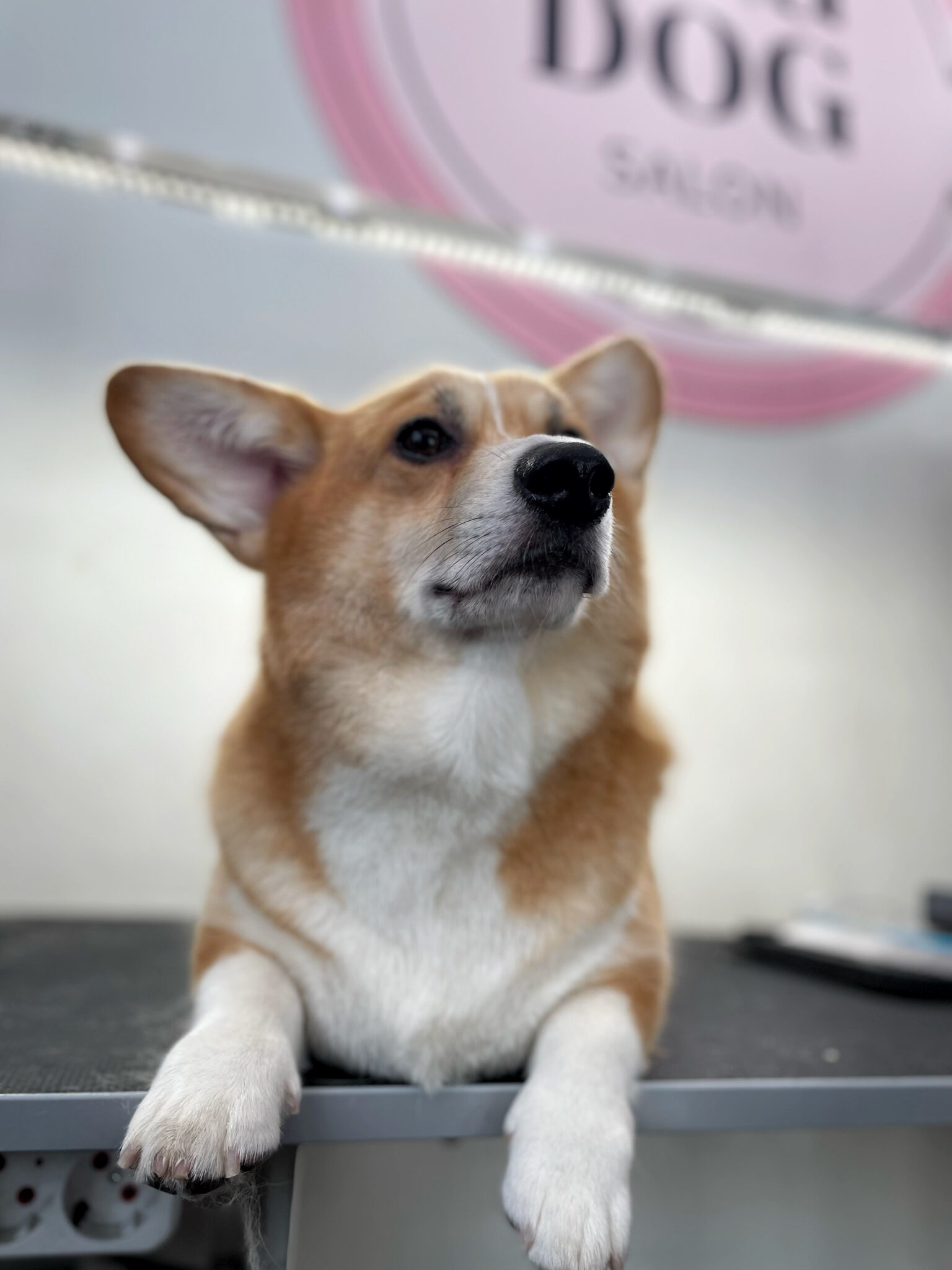
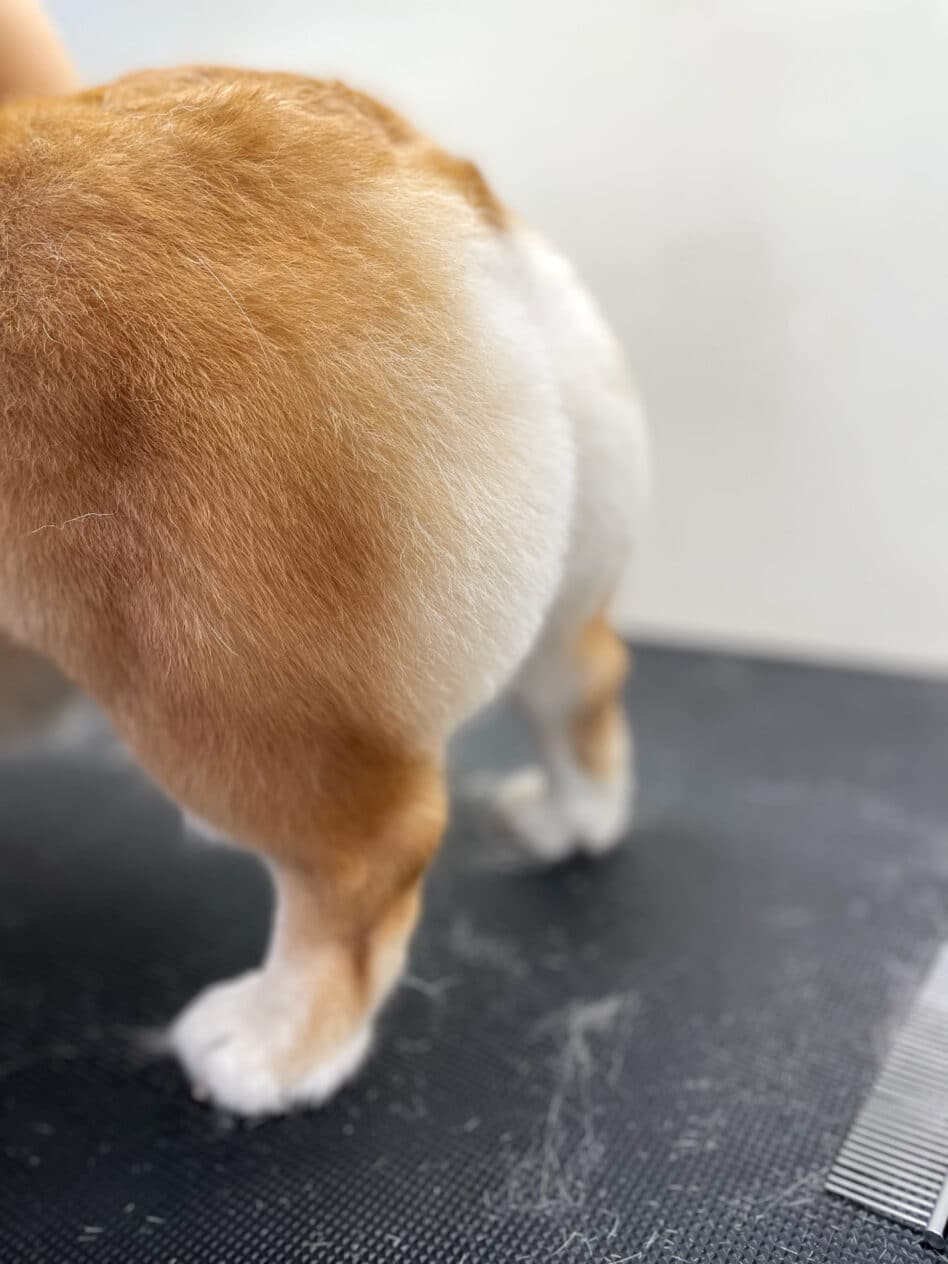
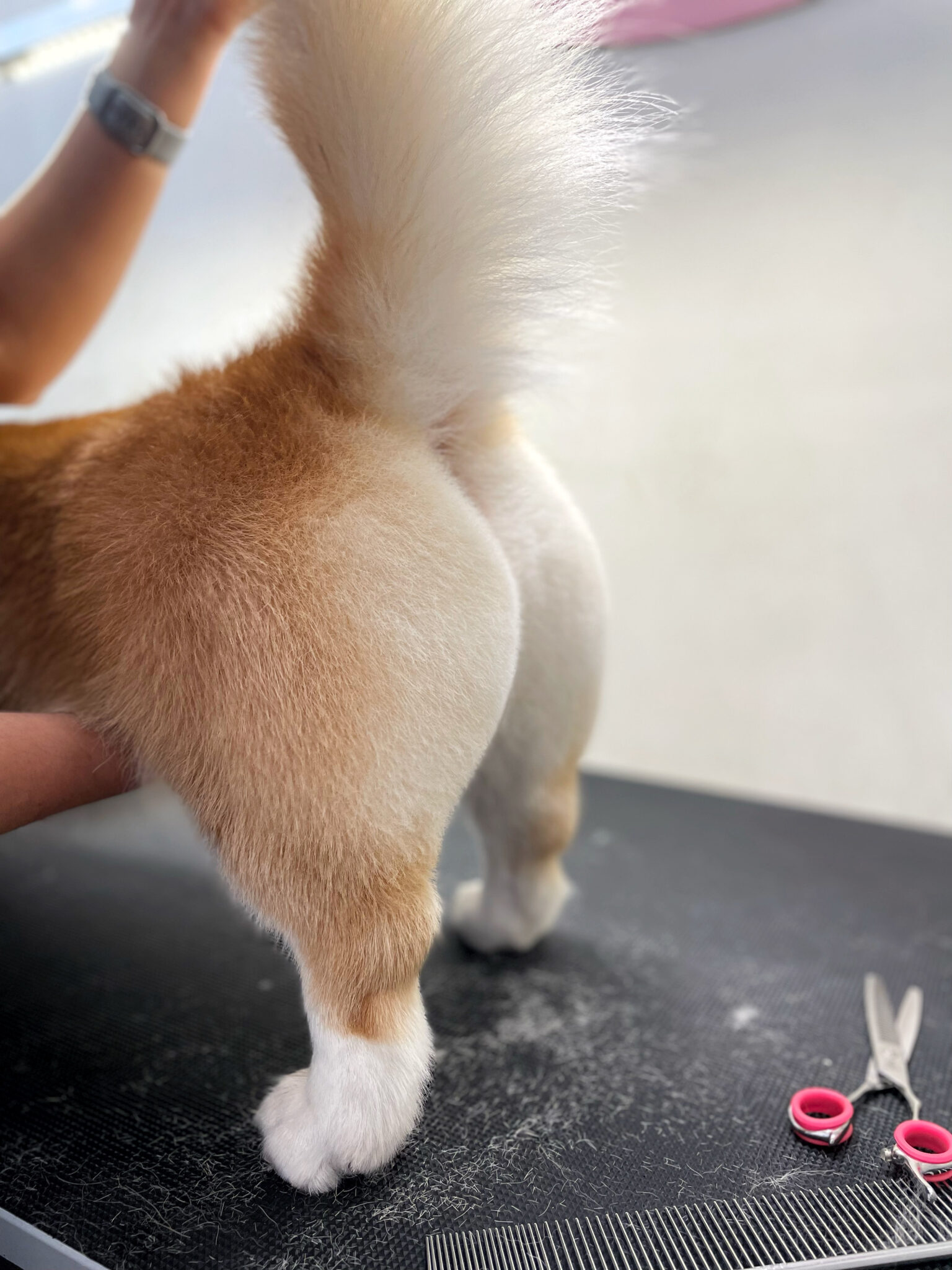
Grooming a Welsh Corgi is an important part of caring for this breed of dog. Although Welsh Corgis don’t require as much grooming as some other breeds, proper care of their coat can help prevent skin problems, reduce shedding and keep your dog looking and feeling its best.
Do Welsh corgis need to be cut?
The double coat helps them adapt to different weather conditions. Groomers generally do not recommend clipping a Welsh Corgi completely, as this can disrupt the natural thermoregulatory balance of their coat. However, keeping the coat clean and well-groomed is important.
Types of haircuts
There are several types of haircuts that may be suitable for Welsh Corgis, depending on their lifestyle and coat condition:
Trimming a Welsh Corgi is an easy way to remove dead hair to help reduce shedding and keep the coat healthy.
Hygienic haircut – cutting the fur around the paws, under the tail and on the belly to maintain hygiene.
A model cut is a more stylized cut that may include an even reduction in the length of the coat over the entire body for an aesthetic look.
What groomers say
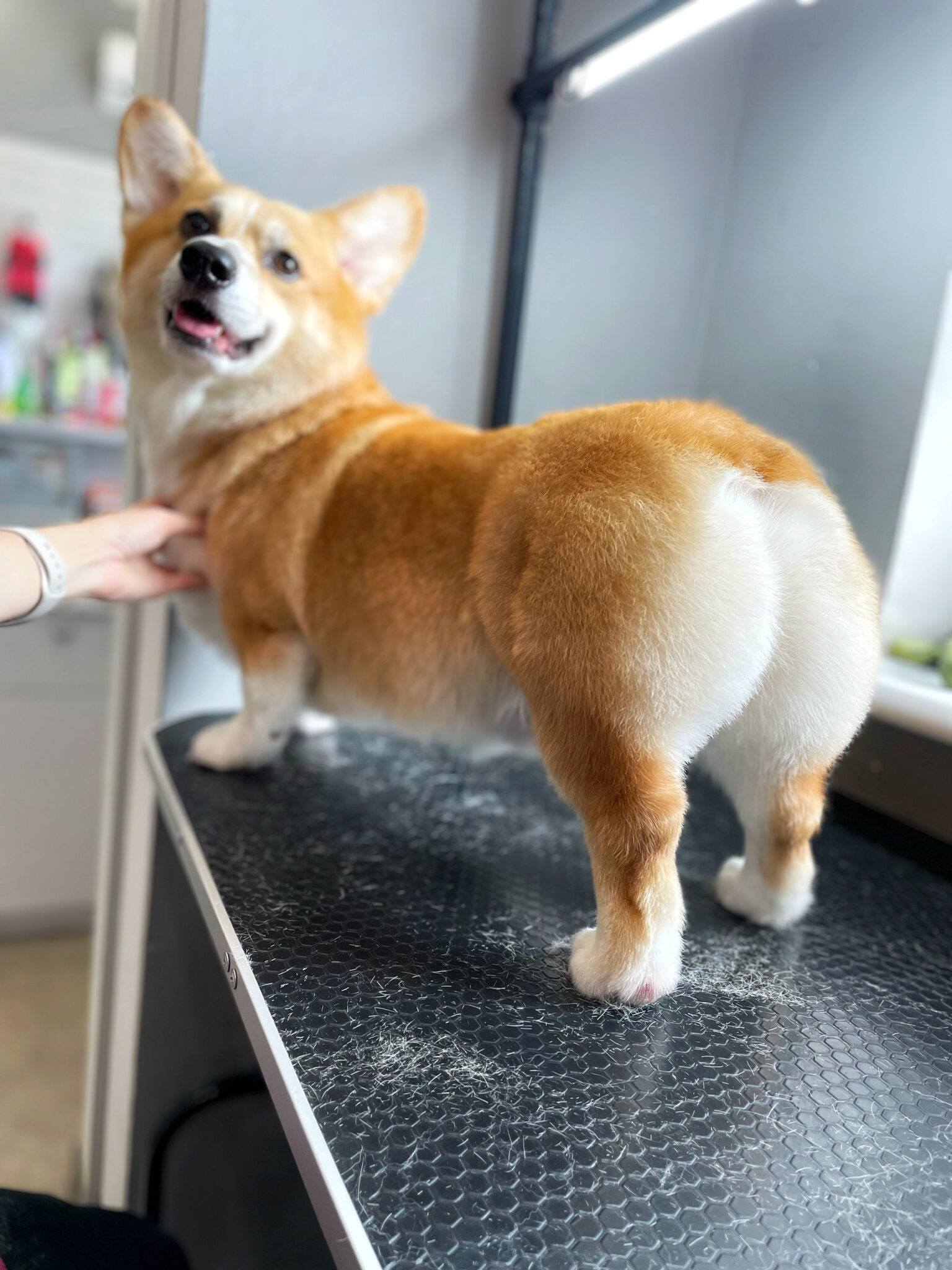
Professional groomers advise brushing the Welsh Corgi regularly, especially during the shedding period, to reduce the amount of hair in the house. They also emphasize the importance of maintaining the natural structure of the coat and advise avoiding full trimming, which can damage the dog’s coat and skin.
Remember that every dog is unique and what works for one corgi may not work for another. Consultation with a veterinarian and a professional groomer will help determine the best coat care plan for your Welsh Corgi.
Welsh corgis are truly wonderful and unique dogs that can bring a lot of joy and warmth to your home. Their loyalty, energy and intelligence make them wonderful companions. With proper care, attention to their health and regular grooming, your Welsh Corgi can become not only a loyal friend, but also a happy and healthy family member for many, many years.
